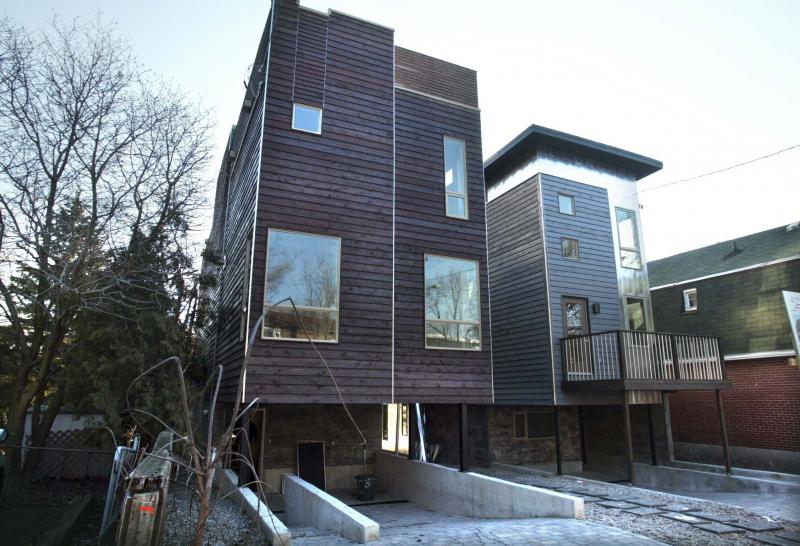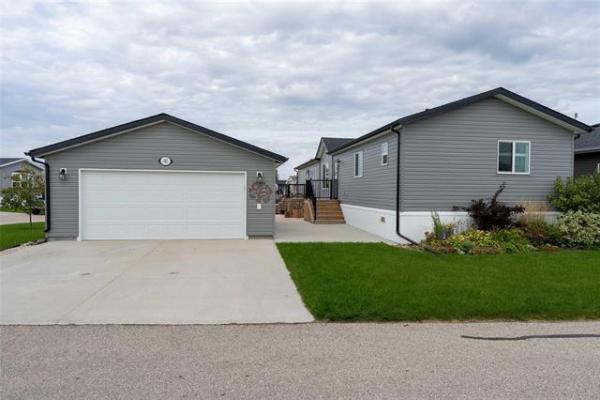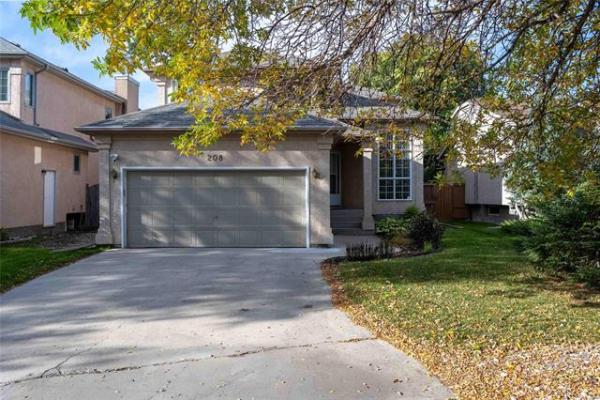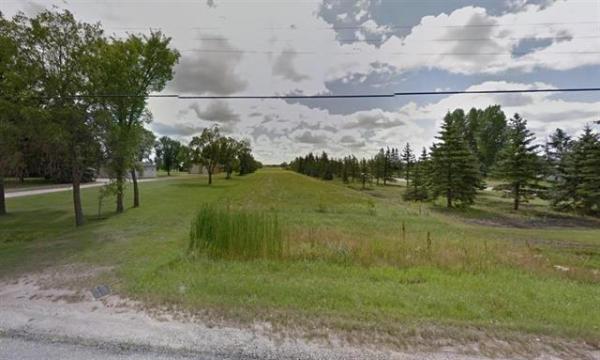Question: The house next door to me was torn down and they are now excavating for the new construction. The hole is within inches of my fence and four to five feet away from my foundation. My house was built in the 1950s and shakes a lot. Should I be concerned about future damage and would insurance cover it if something happened?
— Rachel P.
Answer: Disturbing the soil around an older home can certainly have an effect on its foundation or structure. Discussing the issue with the neighbour and the builder, and enlisting other professional services immediately, should help cover the costs of repairs should a problem arise in the future.
It is becoming more and more common to see homes torn down to be replaced with new infill homes in older neighbourhoods. Because many older homes may have serious foundation issues, or other major repairs costs due to neglect, replacement is often a more reasonable choice than major renovations. Since land values in many Canadian cities have risen exponentially in the last couple of decades, the actual value of the building may be a small portion of the overall price paid for a residential property. Because of this, tearing down of an older, dilapidated home and replacing it with a well-built new one may be a more frequent occurrence than in the past.
One thing that is often neglected by homebuilders and new property owners in this situation is consideration for neighbours’ homes. Knocking down an existing home and tearing out an older foundation may range from being a minor inconvenience to a major headache for nearby homeowners.
Depending on proximity of the homes to each other, major disturbances of the soil can create problems. This may be less of a concern for your home if the replacement next door is approximately the same footprint as the old one. In other words, if they remove the older foundation and basement floor slab and do not enlarge the existing excavation, minimal disturbances may be noticed. If they enlarge the excavation, particularly in your direction, detrimental effects on your home are much more likely.
The reason that this may be a very legitimate concern on your part is that the soil underneath your foundation is what gives it stability. Unless your foundation is supported on driven piles or deep concrete piers it may be subject to movement. In very dry years, homes may settle due to shrinkage in our expansive clay soil. And in very wet weather, soil surrounding your home may expand and put extra pressure on your foundation and footings. The foundation of your next door neighbour’s home should add some lateral support to the soil next to your foundation on that side, preventing movement. Once that is removed, there is more chance of lateral soil movement, which can affect the support underneath your home and footing.
If there are significant rains during construction, the soil may lose some of its integrity and slump toward the excavation. For that reason, most builders will put up temporary hoarding or supports around the dug-out area to prevent this and provide a safer worksite. Alternatively, if there is very hot, dry weather during the build, the soil can dry unnaturally below grade, causing significant shrinkage. This may also create some movement in surrounding structures but may be somewhat preventable by extra watering of the grass and vegetation around your home.
Another item to consider is removal of trees or vegetation prior to construction of the new home. If mature trees, or thick vegetation, are removed to allow excavation or access for the home, this may also affect future soil stability. Large trees may absorb significant amounts of moisture from the soil, leaving the soil wetter than before removal. On the other hand, some tree roots can affect foundations in a negative way, so eliminating that possibility can be a double-edged sword in this situation. This may be an issue to watch in future years, to see if the change in vegetation has any detrimental effects on your home.
Unfortunately, your home insurance may not cover you fully if damage occurs to your home or foundation from the nearby construction. Checking with your insurance broker should yield this answer, but the onus may fall on the builder or neighbour’s insurance policies should serious issues arise. For this reason, I would immediately contact the builder, or the new neighbour, to inquire about their coverage. If either state that they are fully insured for that type of occurrence, I would politely ask for proof of coverage, even going so far as to contact their insurer to verify this. If coverage is verified, there still may be further action on your part required for complete peace of mind.
It may be very difficult to prove that structural defects in your home have occurred due to the work next door without having a baseline evaluation of the structure prior to construction. This may include a visual record, with numerous photographs, and an independent inspection by a third party. While some home inspectors may be able to provide this service, they would have to possess a specific protocol for this evaluation, which is unlikely. This job is better left to a professional structural or civil engineer.
Engineering firms should have expertise and guidelines to properly assess the current conditions of your home, including methods of recording the current status. This should include measurements and may require the services of surveyors or other professionals to properly document the conditions. Follow-up evaluations should also be planned, after the house is complete, to see if anything has been negatively affected by the construction process.
You are certainly right in worrying about the effects of an infill home being built next door to you. Contacting the builder, neighbour and a professional engineer for further evaluation of the current condition of your home should be done immediately to ensure you will be properly compensated should the construction adversely affect your home.
Ari Marantz is the owner of Trained Eye Home Inspection Ltd. and the past president of the Canadian Association of Home and Property Inspectors of Manitoba (cahpi.mb.ca). Questions can be emailed to the address below. Ari can be reached at 204-291-5358 or check out his website at trainedeye.ca.
trainedeye@iname.com




